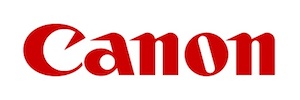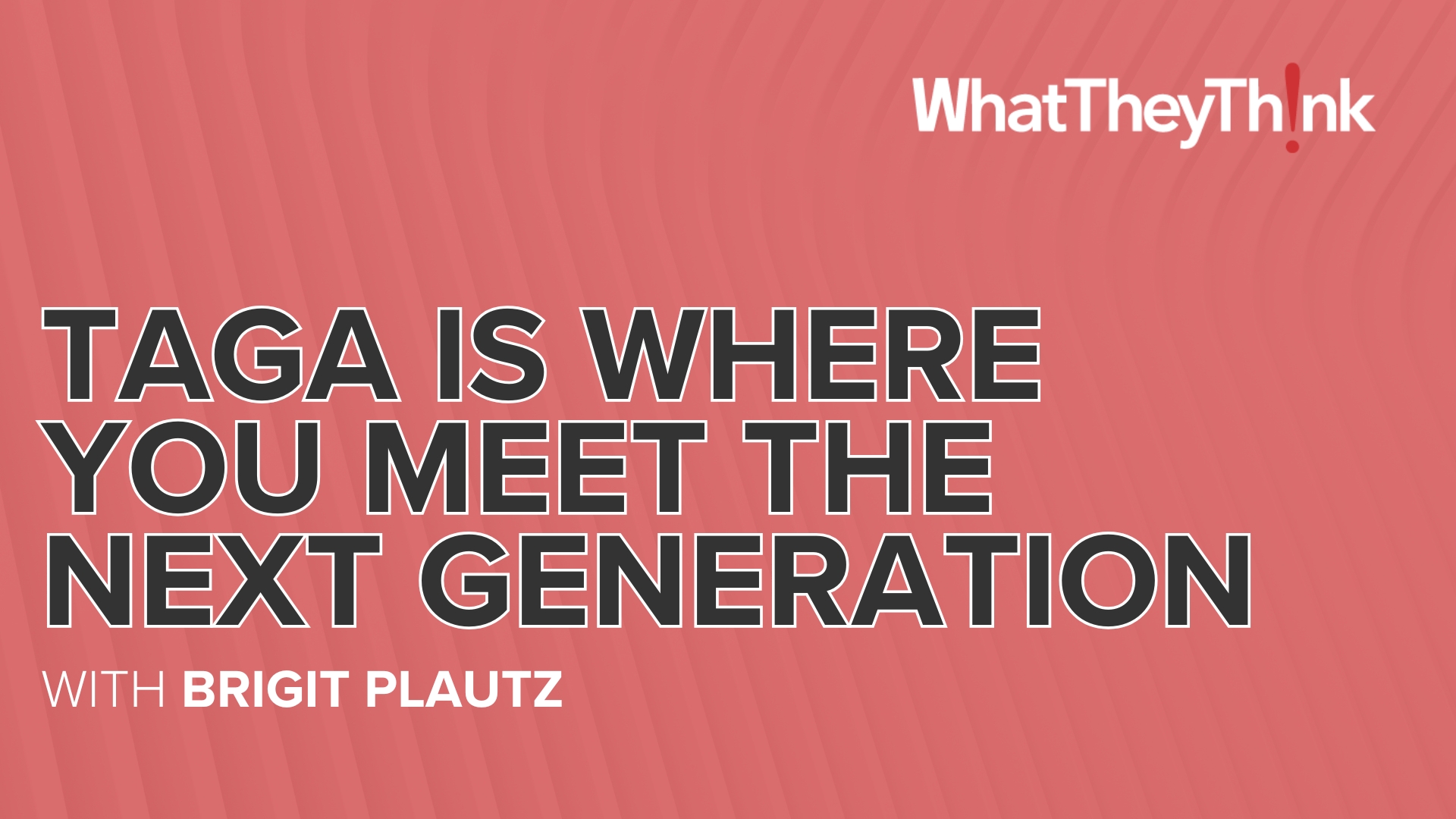Richard Romano: Hi. This is Richard Romano from WhatTheyThink.com and we are here in Atlanta, Georgia, for the fourth annual WhatTheyThink Environmental Innovation Awards. And we are talking with this year’s winner in the category of environmental sustainability and your processes, which is DST Output. And we’re talking with Solon Kobza who is the Safety Manager. So thank you very much. Congratulations.
Solon Kobza: Thank you.
Richard Romano: Now tell us a little bit about DST, where you’re located, what kind of printing you do.
Solon Kobza: Well, DST Output is located across the US, at least three locations. We have other subgroups, but let’s not get into that. And we provide paper and software solutions for large clients to communicate to their customers. And so sometimes that involves large volumes of printing and direct mail, and sometimes it’s all software applications.
Richard Romano: Now the hallmark of your sustainability initiatives is your solar initiative, your solar project. How did you decide to pursue solar power?
Solon Kobza: Well, like many sustainable projects, things will financially become a best practice for the environment and for your budget. Right now there are incentives to make solar power a very wise decision, both financially and environmentally, and so when those two lines crossed in the graph, that became a reason to move forward.
Richard Romano: So how much of DST’s power is powered by solar energy?
Solon Kobza: Well, we have over 1400 megawatt hours of solar power, but we don’t just have solar power. We also have our own cogen plants, so we produce our own electricity onsite which produces our cooling for the site too. So, you know, again, it’s a combined solution to get the most out of it. It helps the environment, helps get you a more reliable power source because it’s onsite, you don’t have to worry about offsite transmission centers.
Richard Romano: Now you wrote on your application that your solar array uses cylindrical solar cells versus the more traditional flatter array. Well, how did that differ and what adventures does that present over the more traditional solar arrays?
Solon Kobza: It’s a good solution to paint on your application, so not that one is better than the other, necessarily. The cylindrical tube-like solar cells aren’t as heavy as this traditional flat panel. And, therefore, if you’re roof loading cannot handle the weight-loading that a large full flat panel would be, then this system could be yours and you would be able to install it, whereas, you might not be able to install any traditional solar. And the tube systems also offer a wide angle for the sun to hit directly on part of the cell providing a higher efficiency at that point.
Richard Romano: So what other sustainability initiatives are you guys pursuing?
Solon Kobza: The list is long. We recycle 99 percent or more of our waste paper and cardboard. We have recycling streams set up for metal, plastic, wood, toner cartridges, aerosol cans, batteries, electronic waste, oil, and more. So, you know, we do try and make sure that we impact our landfills and our waste streams as minimal as possible and get it all recycled.
Richard Romano: So what advise would you give to other printers who are interested in pursuing various types of sustainability initiatives?
Solon Kobza: Well, you know, sustainability isn’t a challenge. It will be financially in your best interest to follow in to the crowd and go sustainable, because all the things that are sustainable generally make you have a better bottom line. It’s the right thing to do and you get multiple reasons to do it.
Richard Romano: Great. Well, thank you very much and congratulations again.
Solon Kobza: Thank you.

 Official camera partner of WhatTheyThink and the drupa daily.
Official camera partner of WhatTheyThink and the drupa daily. 












